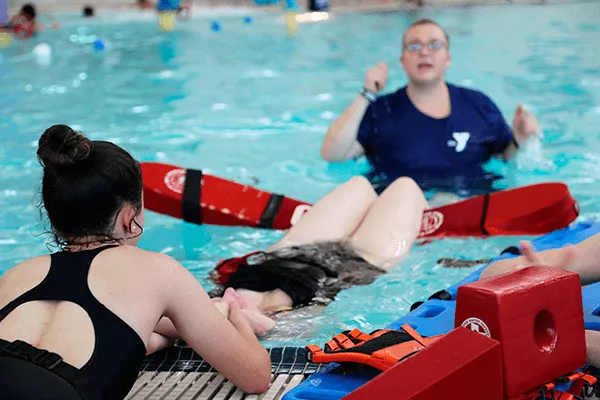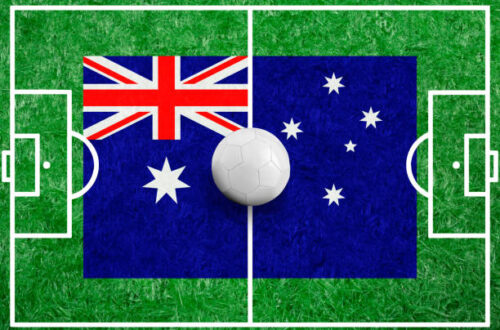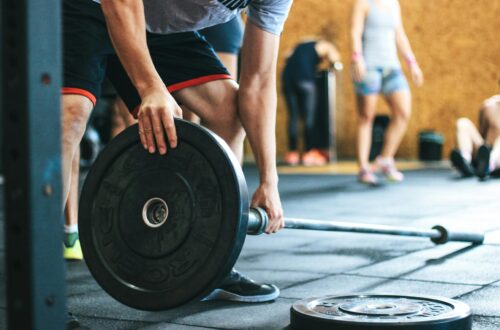When it comes to lifeguard training, understanding how to perform CPR on infants and children is crucial. The American Lifeguard Association emphasizes the importance of being prepared to respond effectively in emergencies involving young children.
This article will guide you through the steps to prepare for Infant and Child CPR Lifeguard Training , ensuring you are equipped with the knowledge and skills necessary to save lives.
Understanding the Importance of Infant and Child CPR
Infants and children have unique physiological differences that require specialized techniques in CPR. According to the American Academy of Pediatrics, drowning is a leading cause of accidental death for children aged one to four. The ability to perform CPR effectively can make the difference between life and death in emergencies. This training not only provides you with essential skills but also boosts your confidence in handling emergency situations.
Researching CPR Guidelines and Techniques
Before attending your training session, familiarize yourself with the guidelines and techniques for performing CPR on infants and children. The American Lifeguard Association’s training materials cover critical aspects of CPR, including:
- Assessment of the Situation: Learn how to assess the scene and determine if immediate action is required.
- Calling for Help: Understand the importance of calling emergency services and how to provide them with essential information.
- Performing CPR: Get to know the steps for performing CPR on infants (under one year old) and children (ages one to eight).
Key Differences in Technique
- Infants: Use two fingers for chest compressions, and provide gentle rescue breaths by sealing your mouth over the baby’s mouth and nose.
- Children: Use one hand for chest compressions (if the child is small) and provide rescue breaths by sealing your mouth over the child’s mouth, pinching the nose shut.
Gathering Necessary Materials
To prepare for your Infant and Child CPR lifeguard training, gather relevant materials that will aid your learning experience:
- Training Manuals: Obtain the latest CPR training manuals from the American Lifeguard Association. These manuals contain step-by-step instructions and visual aids to help you understand the techniques better.
- Practice Equipment: If possible, find practice manikins designed for CPR training. Familiarizing yourself with these manikins can enhance your hands-on experience during the actual training.
- First Aid Kit: Having a personal first aid kit handy is beneficial not only for training but also for real-life applications.
Enrolling in a Course
Once you’ve done your research and gathered materials, the next step is to enroll in an Infant and Child CPR lifeguard training course offered by the American Lifeguard Association. Here are some tips for enrolling:
- Check Availability: Look for local classes in your area, as many facilities offer regular training sessions. Check the American Lifeguard Association’s website for schedules.
- Choose the Right Course: Ensure that the course you select focuses specifically on infant and child CPR. Some courses may include general CPR for all ages, but specialized training is essential for those focusing on younger patients.
- Confirm Certification: Make sure the course provides a certification upon completion. This certification can be beneficial for job opportunities in lifeguarding and child care.
Preparing Physically and Mentally
Effective CPR training requires physical and mental preparation. Here are some strategies to help you get ready:
Physical Preparation
- Practice Basic Skills: Before your course begins, practice basic skills such as chest compressions and rescue breaths. Knowing how to execute these skills can help you feel more confident during the training.
- Stay Fit: Lifeguarding and CPR require a certain level of physical fitness. Engage in regular exercise to improve your strength and stamina, which can be vital in an emergency.
Mental Preparation
- Understand the Emotional Aspect: Performing CPR on infants and children can be emotionally taxing. Prepare yourself mentally to handle the pressure of such situations.
- Focus on Learning: Enter the training session with a positive mindset. Understand that mistakes are part of the learning process, and focus on absorbing as much information as possible.
During the Training
When you attend your training session, make the most of your time:
- Engage Actively: Participate actively in discussions and practical exercises. Ask questions if you’re unsure about a technique.
- Practice Regularly: Take advantage of the opportunity to practice on manikins and with instructors. Repetition will help you internalize the techniques.
- Seek Feedback: After practicing, seek constructive feedback from your instructors. They can offer valuable insights to help you improve your skills.
Post-Training Reflection
Once you have completed your training, reflect on your experience:
- Review Your Notes: Go over any notes or materials you collected during the training. Revisiting these resources can help reinforce your knowledge.
- Connect with Peers: Network with fellow trainees to share experiences and insights. Establishing relationships with others in the field can provide support and resources as you move forward.
- Stay Updated: Keep abreast of any updates in CPR guidelines and techniques. The American Lifeguard Association periodically releases new materials, so staying informed is crucial.
Also Read About: Sp5der T-Shirts: Bold Statements in Streetwear Fashion
Conclusion
Preparing for Infant and Child CPR lifeguard training with the American Lifeguard Association is a vital step for anyone looking to ensure the safety of young children in and around water. By understanding the importance of CPR, gathering the necessary materials, enrolling in the right courses, and actively engaging in your training, you can equip yourself with the skills needed to respond effectively in emergencies. Remember, being prepared not only enhances your confidence but also empowers you to potentially save a life. Embrace this opportunity to make a difference—your training can have a profound impact on the lives of children and their families.





